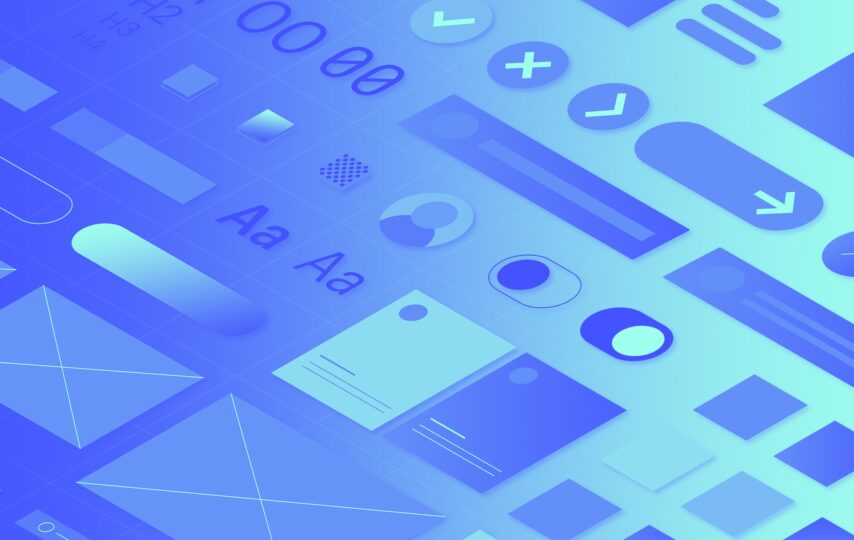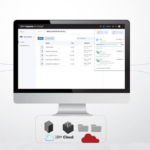In discussions about design systems, it’s common for clients to question their necessity and creative impact. This skepticism often overlooks the broader benefits these systems offer to digital product development. It’s important to recognize and address these myths to understand the true value of design systems. They’re not just about maintaining uniformity; they’re key to transforming how products are managed and developed. Linkup Studio provides extensive knowledge and expertise in this area, helping to demystify these systems and their impact on modern product management.
Beyond a simple UI kit
Design Systems are much more than UI kits; they’re comprehensive tools that aid both designers and developers in creating products. These systems include key components like documentation sites, component libraries, developer sandboxes, design kits, and a shared design language. Continuously evolving, they’re known as “living libraries,” enhancing both usability and accessibility. For a more in-depth exploration of how design systems can streamline workflows and their potential limitations, consider reading further at https://linkupst.com/blog/design-systems-what-you-need-to-know
Myth 1: Design Systems are Only for Designers
Design systems are often misunderstood as being relevant only for designers, but in reality, they offer extensive benefits to various stakeholders in product development. These systems streamline processes, providing reusable components and consistent UI patterns, which saves time and resources. Crucially, they enhance user experience through intuitive and seamless interactions, contributing to more cohesive and enjoyable products. This holistic approach to product development, integral to digital product design, can be explored further at https://linkupst.com/services/digital-product-design.
Myth 2: Design Systems Restrict Creativity
The idea that design systems hinder creativity is a common misconception. In reality, these systems foster both consistency and innovation. They’re flexible, allowing designers to tailor them to specific project requirements while still ensuring a unified user experience. This structured approach supports creativity, enabling designers to produce both user-friendly and creatively unique products.
Myth 3: Design Systems are Overpriced
The initial cost of a design system may seem high, but it’s a worthwhile investment for the long term. Such systems streamline the development process, reducing the time and effort required to create new components and minimizing visual errors. This efficiency not only saves money but also ensures consistent product development and maintenance, making it a strategic investment for businesses focusing on digital growth and evolution.
Myth 4: Design Systems Are Only for Large Projects or Companies
A common misunderstanding is that only big companies or major projects need design systems. Some clients think they’re too much for small projects or new businesses. However, the truth is, design systems are really flexible and can be a big help no matter the project size. For smaller projects, they make the design work simpler and more consistent, which is a huge plus. And for startups, they’re super useful for building and keeping a strong brand identity as the business grows.
Myth 5: Design Systems Are Only About Visual Design
Some clients think design systems are just about how things look, like fonts, colors, and buttons. But they’re actually much more. Design systems cover everything from how users interact with a product, to the rules for writing code, to the way we write and present content. They can even guide how a brand sounds and feels. So, design systems are really complete guides that help with all parts of making a product, not just the visual stuff.
Let’s Sum Up
Implementing a design system significantly enhances the efficiency of design and development processes, particularly when scaling up. This system saves time, strengthens brand identity, and improves user experience. It facilitates quicker decision-making in interface design and reduces lengthy discussions. The benefits of a design system are substantial, impacting the product development process in ways that may not always be immediately visible to end-users. For an illustrative example, you can view a related video: https://www.youtube.com/watch?v=-9IeOTfOlbE








